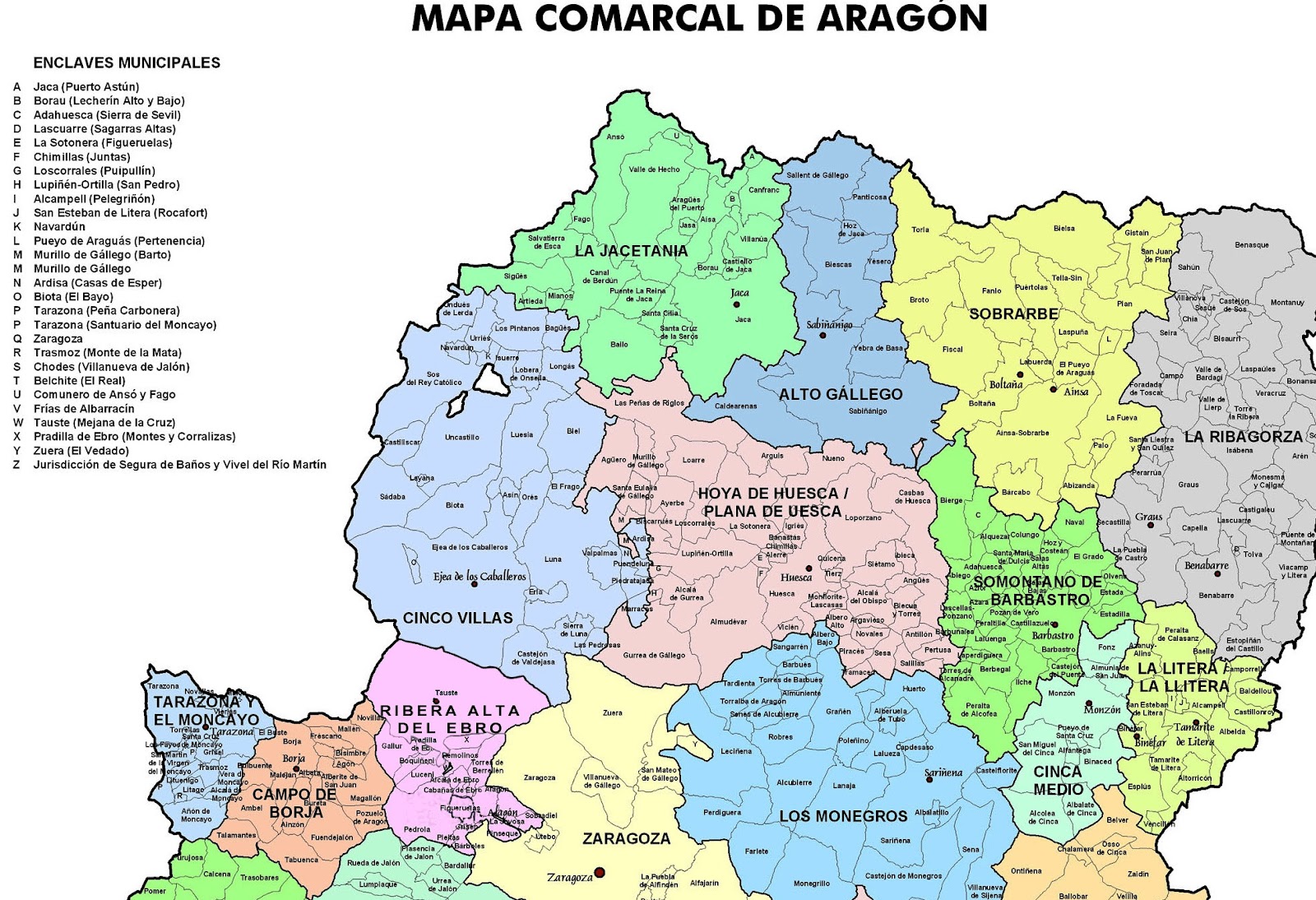So let's get started, starting with the language's sound changes and general phonology.
1) Sound Changes
Consonants
-Carpetanian's sibilant consonants virtually kept the same structure of Old Spanish /ts dz s z ʃ ʒ tʃ/, unlike modern Spanish, which merged them into /θ~s s x tʃ/. In subsequent changes, /dz/ and /z/ would merge into /z/ by 1600, while /ʃ ʒ tʃ/ would be pushed back to /ɕ ʑ tɕ/.
-Similar to Romanian (and unlike modern Spanish) the consonant clusters /tʲ dʲ sʲ lʲ rʲ/ (either before /i/ or /ʲɛ/) would be palatalized to /ts dz (later z) ɕ ʎ r̝~r̝̊ (later ʀ̝~ʀ̝̊)/
-Consonant clusters <cl pl fl> are palatalized to /kʲ (later tɕ), pʲ fʲ/
-Old Spanish /f/ would be fully preserved (as opposed to becoming /h/)
-Similar to the Oïl languages south of the Joret line, Carpetanian would palatalize initial
c and
g (before a) to /tʃ dʒ/ (later /tɕ dʑ/), but would keep Germanic
v (similar to Norman and Picard)
- Lat. cattus "cat" > djatu (Sp. gato)
- Frnk. werra "war" > verrò (Sp. guerra)
-Old Spanish /b v/ would merge (as in modern Spanish), but to /ʋ/ (before r and intervocalically) and /w~u̯/ (before other consonants)
- Lat. fabulor "to speak" > favlar (Sp. hablar)
- Lat. capra "goat" > cjavrò (Sp. cabra)
-
d and
g is lenited to /ð x/ except after a pause, a nasal consonant or (in the case of <d>) a dental consonant.
-Later /ð/ is differentiated to /θ ð/ depending on context and the preceding vowel.
-
l was velarized to /ɫ/, except word-finally and between certain clusters, where it goes further to /w/.
-As a result of this (plus the disappearance of final
e), /ʎ/ changes to
l.
-the
s in most consonant clusters (i.e. <sp sc st>) disappears, lengthening the preceding vowel.
-Related to the above rule, final /s/ would also disappear, leading to the stressed vowel changing in a process similar to Germanic i-mutation.
- Lat. bonās matrēs "good mother" > vuänò mäðer (Sp. buenas madres)
- Lat. bonōs hominēs "good man" > vuänu ömver (Sp. buenos hombres)
-In some cases, final /s/ would simply change to /ʲ/, without going through the vowel mutation process
-By the 1700s, the guttural R would be introduced (thanks to French influence), changing /r ɾ r̝~r̻/ to /ʀ ʁ ʀ̝~ʀ̝̊/
-Greek digraphs <ch (r)rh ph th> are changed to <h rr f þ> to reflect phonology.
- Gr. χριστιανός "Christian" > Lat. christiānus > hrêtianu (Sp. cristiano; also note some influence from learned Latin, direct borrowing is hrêçanu)
- Gr. θρίαμβος "triumph" > Lat. triumphus > třiunfu (Sp. triunfo)
- Gr. μύρρα "myrrh" > Lat. myrrha > mirrò (Sp. mirra)
- Gr. θέατρον "theatre, cinema" > Lat. theātrum > þeatru (Sp. teatro)
Vowels
-The open vowels /ɛ ɔ/ likewise diphthongized just like in Old Spanish and modern Spanish, but to Carpetanian /ʲɛ ɔa/
- Lat. festa "feast" > fiêtò (Sp. fiesta)
- Lat. terra "land" > cèrrò (Sp. tierra)
- Lat. mortem "death" > mòart (Sp. muerte)
- Lat. focus "fire" > fòahu (Sp. fuego)
-Final vowels would change as well, in that...
- /e/ would disappear completely (as opposed to modern Spanish which kept it as part of compounds)
- /o/ would change to /u/
- /a/ would change to /ɔ/ (akin to Occitan)
-As a result of the disappearance of final /e/, an epithentic /ə/ would be inserted between consonants in some consonant clusters.
- Lat. mater "mother" > O.S. madre > maðer (Sp. madre)
- Lat. pater "father" > O.S. padre > paðer (Sp. padre)
-/a/ would later be pushed back to /ɑ/
-Vowel changes as a result of plural mutation:
- /ɑ/ > /æ/
- /e ɛ/ > /i/
- /o/ > /ø/ (later merged to /œ/)
- /ɔ/ > /œ/
- /u/ > /y/
- /ʲɛ/ > /i/
- /ɔa/ > /u̯æ/
-Initial /o ɔ u/ would have a prothetic <v> inserted
2) Phonology
Consonants
Stops = /p t d k g/
Nasals = /m n ɲ/
Fricatives = /f θ ð s z ɕ ʑ x/
Affricates = /ts tɕ dʑ/
Approximants = /ʋ w ʁ/
Trill = /ʀ ʀ̝~ʀ̻/
Lateral approximants = /ɫ ʎ/
Vowels
Close: /i y u/
Close-mid: /e o/
Mid: /ə/
Open-mid: /ɛ œ ɔ/
Near-open: /æ/
Open: /ɑ/

